Since 2022, year after year F1 fans have been subject to more and more instances of the colour black returning to the liveries of almost every team.
But what appears to be black is actually 'naked' carbon. In other words, it's a part of the car that has no paint or wrapping in any form.
It's a trend that started two years ago as under the new regulations, the cars that were launched were much heavier than their predecessors.
The number of teams that managed to stay below the minimum weight were very few.
By limiting the amount of paint on the car, which is still a relatively heavy commodity, important grams were saved. Stake Sporting Director Beat Zehnder calculated last year that a fully coloured livery weighs roughly 6 kilograms of paint.
Viewed by others:
In the second year of the new rules, almost all teams did dip below this weight limit, helped in part by yet another wide-reaching decision of paint saving. So why are we still seeing more naked cars this year?
While weight saving is one thing, weight distribution is another. The more a car is under the weight limit, the more kilos it will have to add somewhere.
This is advantageous because those pounds can be placed in the chassis as the team sees fit. Typically, a team wants the weight as low as possible in the car for a more favourable centre of gravity.
By moving weight along the length of the car, you can play with the balance of the car, depending on how it behaves without that ballast weight.
Although naked carbon is a prominent part of the car, opinions are divided on whether it looks good.
But is it functional? Certainly - but don't be surprised if measures will be taken to stop the trend as it poses a risk of brand identity being lost if cars become evermore similar across the grid.
Don't miss out on any of the Formula 1 action thanks to this handy 2026 F1 calendar that can be easily loaded into your smartphone or PC.
Download the calenderMost read
In this article
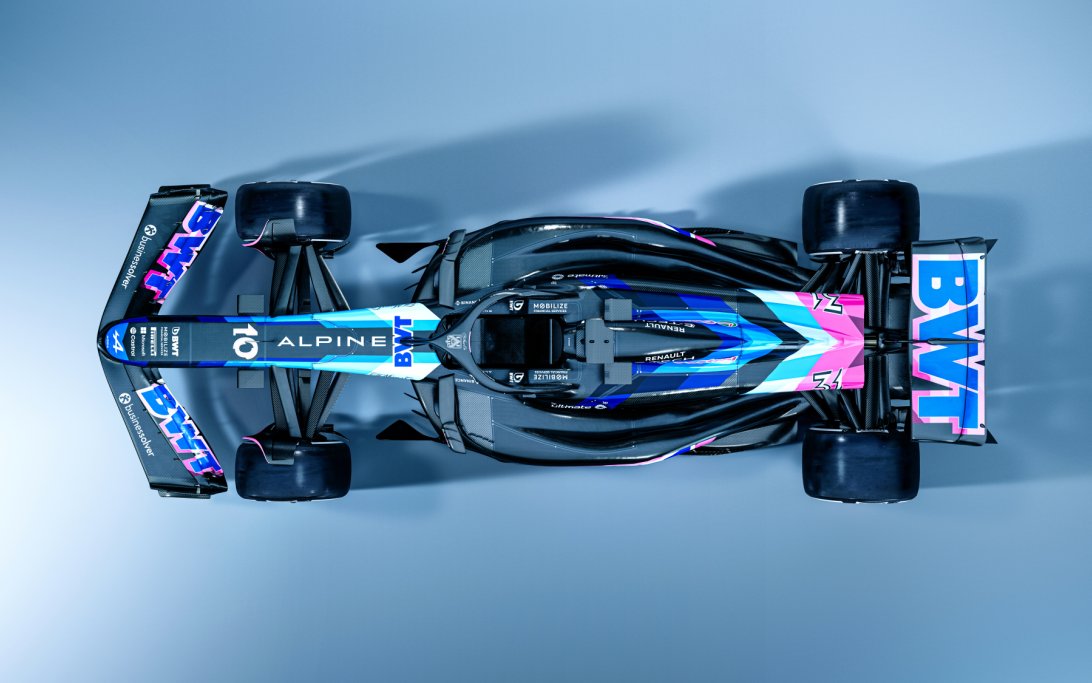

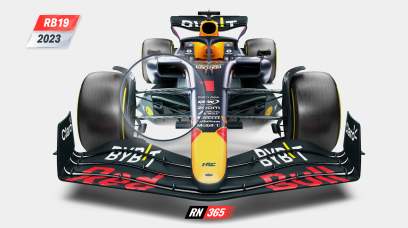
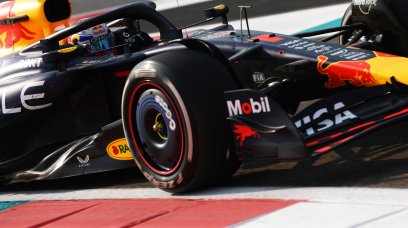
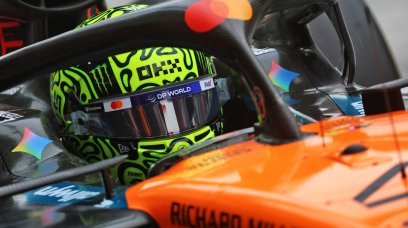
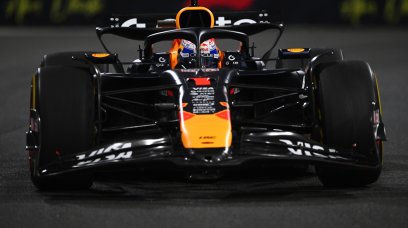
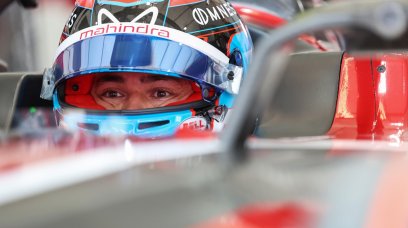

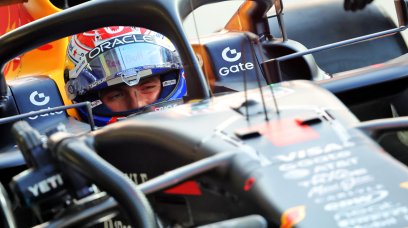
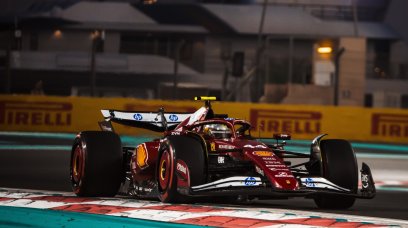













Join the conversation!